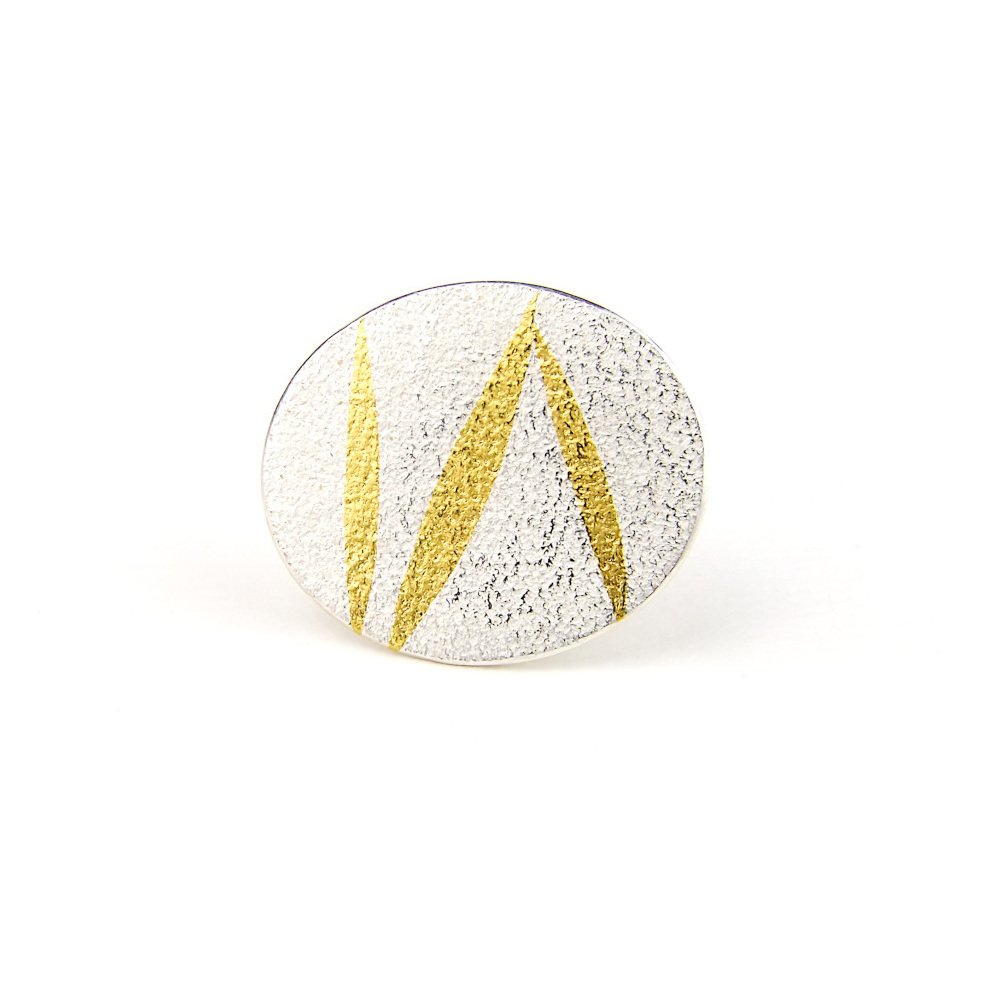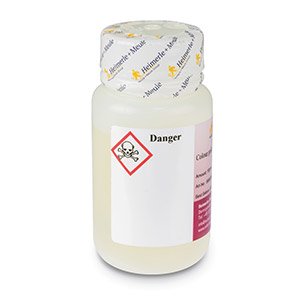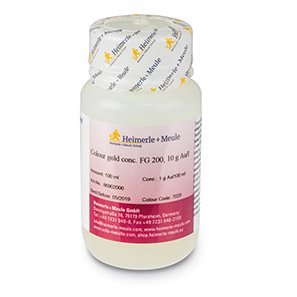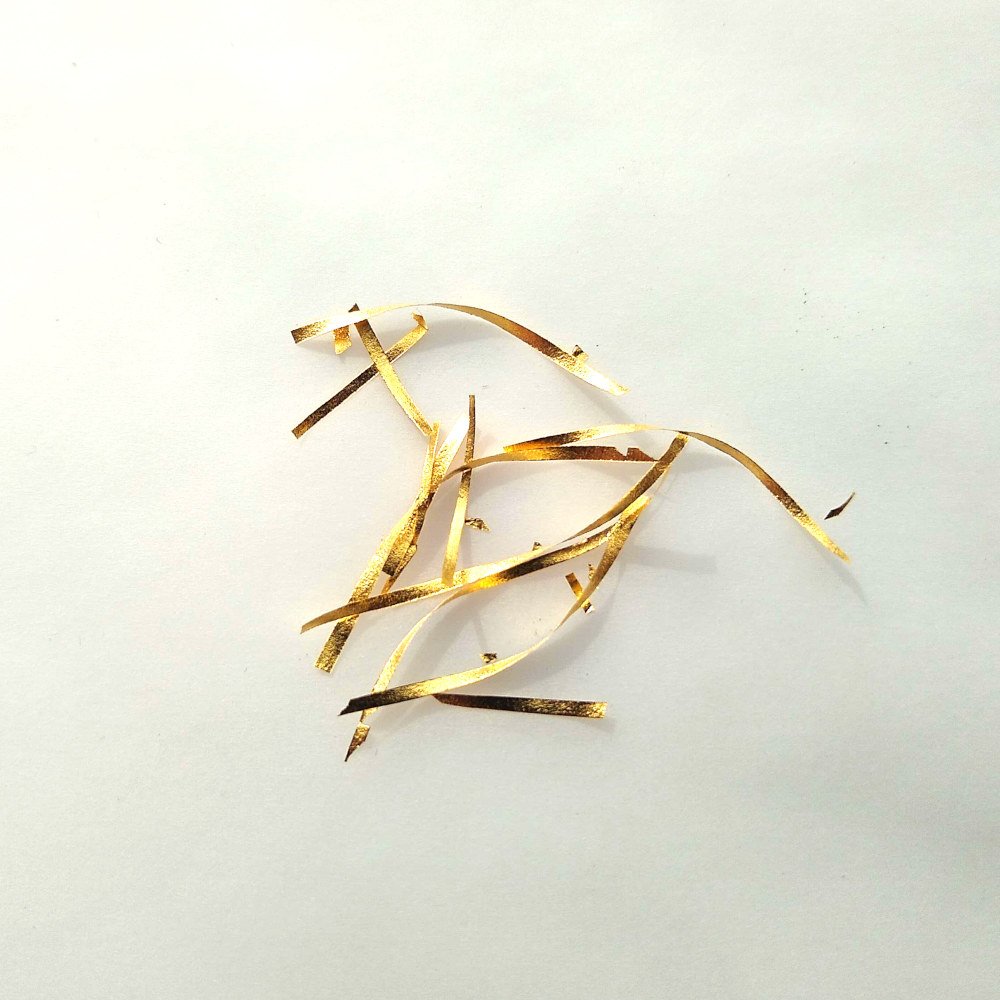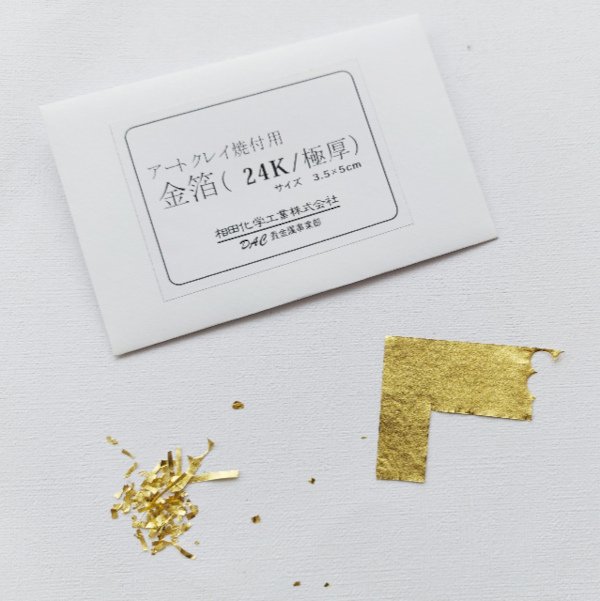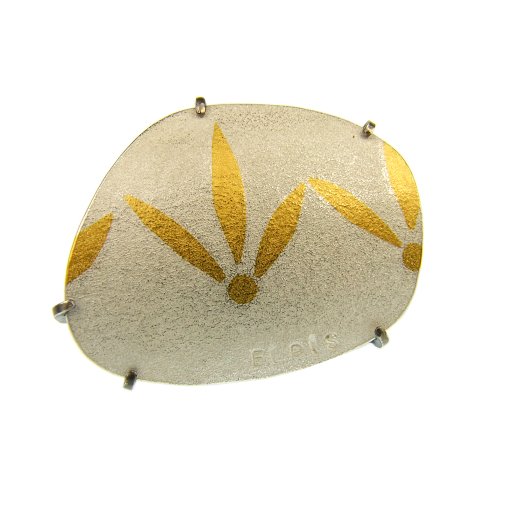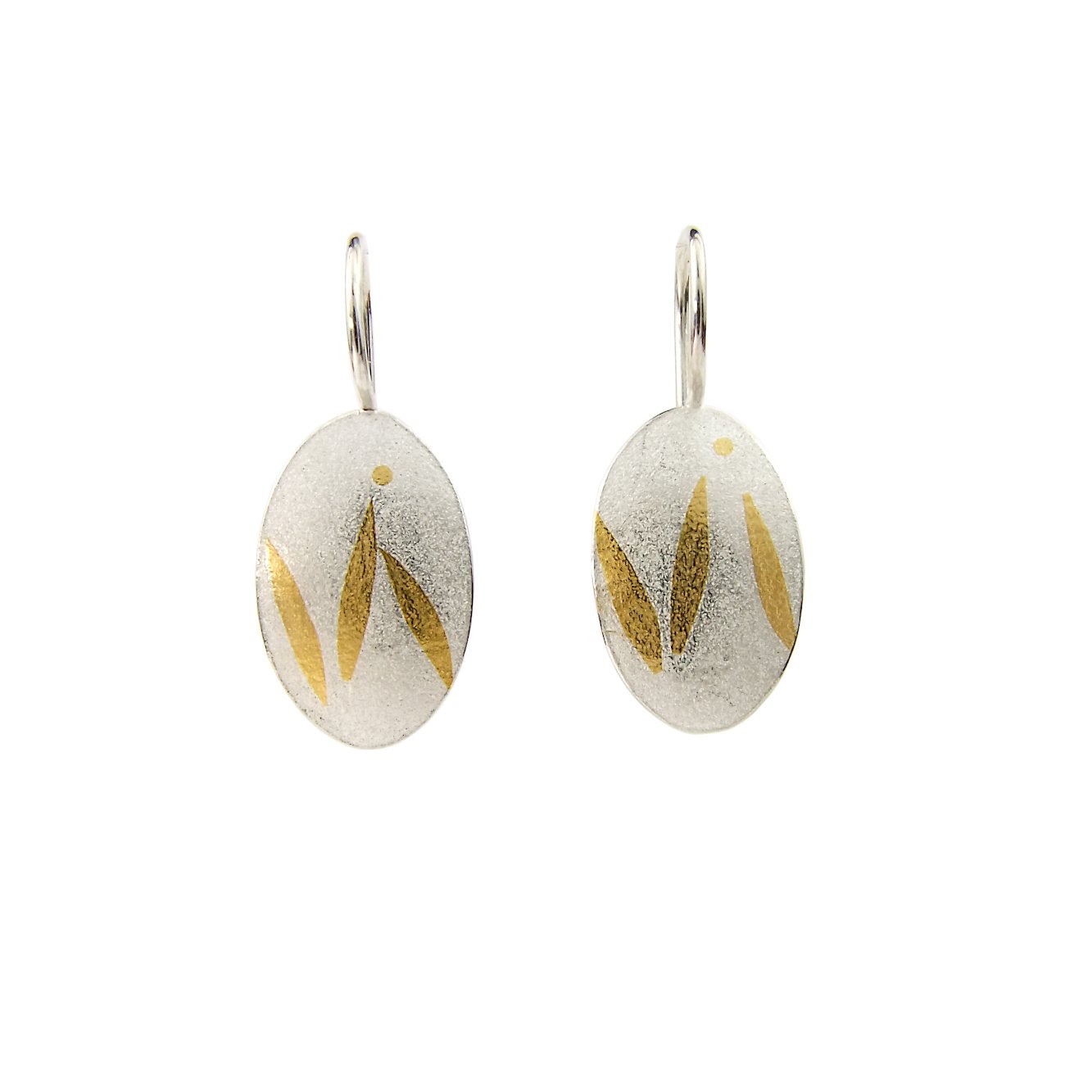Last week I took part in the Fair Luxury Open House Zoom session on Provenance Power: The Positive Impact of Traceable Gold. It promised to be interesting, given the current background of war between Russia and Ukraine and the relevant question whether Russia may use its gold reserves and gemstones to finance its war.[1]
These Open Houses have been a great source for understanding what makes jewellery ethical. I will use this third blog to clarify my thinking on some aspects. There are many people more expert in this field and the article below is just a starting point for me to grasp the different concepts.
***
To make jewellery ethical is a complex task and requires knowledge in diverse and multifaceted areas. Thus far my efforts have concentrated on the small-scale, manageable aspects of my business, such as studio practices and the sourcing of some materials. As I mainly use silver, little gold and no gemstones, my knowledge of the various ethical standards and initiatives was limited.
Fairtrade / Fairmined
Last year I investigated the conditions for signing up to using Fairmined gold/silver as I was hoping to include more gold in my work. After careful consideration I concluded then that it would have to remain a future aim until I could be sure to financially warrant the cost of using this scheme. I turned instead to the newly-established Single Mine Origin (SMO) gold, offered by Betts Metals.
I remained interested to see what the community of ethical jewellers thought about SMO gold and was keen to hear the discussion at the up-coming Fair Luxury Open House, which was to include a speaker from Betts talking about SMO gold. The other speakers were Rachel Brass from Levin Sources, and Greg Valerio. Rachel Brass is the Project Director for USAID's Zahabu Safi (Clean Gold) Project. This project “aims to develop and deliver activities to establish a commercially-viable, responsible and conflict-free supply chain for artisanal and small scale (ASM) gold from eastern DRC.”[2]
Greg Valerio, a veteran in the ethical jewellery movement, spoke about his involvement in the PeaceGold© initiative, also in eastern DRC, that aims to establish local gold mining cooperatives that benefit the community and which employ decommissioned militia men, thus also acting as a peacebuilding project.
It was interesting to note that these speakers all had personal involvement in the Fairtrade/Fairmined (FT/FM) programs that have now existed for 15 years. However, they all seemed to imply that although the FT/FM standards presented a perfect model in terms of standards for small-scale and artisanal mining it was sometimes difficult to apply this ‘all-or-nothing’ approach in other settings.
Kyle Abram recently wrote an interesting article entitled ‘Are Fairmined and Fairtrade Gold Elitist?’[3] Although he concluded in the end that they are not, he made various thought-provoking points and seemed to support the above idea that the FT/FM standards are perhaps too rigid and need re-adjusting. He cited statistics to support his thinking which I briefly elaborate on below.
According to the report 2020 State of the Artisanal and Small-Scale Mining Sector,[4] there are currently 44.75 million people in 80 countries who rely on Artisanal and Small Scale Mining (ASM) as their main source of income. Taken together with all those who work in related industries, there are 134 million people whose livelihoods depend on ASM.
Whilst it is difficult to get exact numbers, at least 30 % of these people are women. To quote the World Bank 2020 report cited above, “Quite simply, women are not being counted.”[5] Although women make up an essential part of the workforce – often working in the processing of the minerals – there are disagreements on definitions of what constitutes a ‘miner’ and as a consequence women may just not be included in the count. Women of course also suffer “Adverse side effects of mercury use, unequal pay for similar work, sexual harassment, and inability to own land or mining titles without permissions […].”[6]
Abrahm notes further that of all small scale miners “100% are Black, Indigenous, and People of Color (BIPOC)”[7] – an important point if we consider the issue of racism within the industry.
In terms of output it is worth noting that ASM produces 25% of all globally mined diamonds, 20% of all gold and 80% of all sapphires.
These figures become even more interesting when contrasted with data of large-scale industrial mining operations, which supply the majority of these minerals. Compared to the number of people working in ASM, there are only 7 million people who are employed in industrial mining (please note that this data is from 2013).[8]
With respect to the Fairtrade/Fairmined programs Abram makes the further point that these operate in 15 mines in Peru and Columbia and support overall 1,800 miners. He questions the success of these programs when contrasted against the number of 44.74 million people working in ASM globally.
Looking at these statistics in context highlights the need that the minerals we use as jewellers should ultimately benefit those who mine them, in other words those circa 45 million artisanal and small scale miners and their communities worldwide.
Another point worth making in reference to the locations in which FT/FM operate (Peru and Columbia) is by looking at a map that shows the locations by density of ASM operations.[9] What stands out are the countries in dark pink with more than 1.5 million people working in ASM.[10] These countries are DRC in Africa and China, India and Indonesia in Asia. This explains possibly the focus of the above three speakers on Africa and the need to establish structures there that support ASM communities.
SMO Gold
Back at the Open House, Duncan Marshall of Betts Metals was a representative of corporate mining and spoke about Single Mine Origin (SMO) gold – their new project. The gold is mainly sourced from their Yanfolila Gold Mine in Mali and the company promises “socially and environmentally responsible gold mines and ensuring such projects are beneficial to their host communities.”[11] The idea of SMO gold is to provide full traceability of the gold, from mine to finished product. So, when purchasing gold I am given a QR code which traces this gold batch to the mine it was produced from.
The big difference between SMO gold and Fairtrade/Fairmined gold is the size of the mines and who operates and benefits from them. Whilst FT/FM miners are local individuals working with little and low-tech resources in rivers and pits to find gold, SMO gold is mined by a large corporation with great financial backing.[12]
Bearing in mind that Betts Metals also offer FT/FM gold, a member of the audience at the Open House questioned Marshall about SMO’s position vis-à-vis FT/FM gold. Marshall defended his company’s efforts by stating that corporate gold mining was a fact (given the quantities mined) and whilst it would continue to exist, SMO gold was an ethical alternative to other corporate mines. He acknowledged the continued value, aims and achievements of the FT/FM programs but explained that SMO was trying to fill a gap in terms of ease of access and affordability to jewellers who would like to use ethical materials but could not quite afford to sign up to becoming a licenced FT/FM jewellers.
Another criticism of SMO gold comes from Edward Fleming of the Ethical Jewellery blog. In an article[13] he elucidates one of the principles of FT/FM gold – the requirement of external independent audits of the mining operation. These ensure that the FT/FM standards are upheld and provide assurance to the buyer of the gold.
The SMO and Hummingbird Resources[14] website have perhaps not been updated but they differ in the information they offer. Between the times of publication of Fleming’s article in October 2021, and now the wording on the SMO website seems to have changed. It now states:
“Rather than creating a brand-new standard, SMO uses existing major assurance standards to define a responsible source. The standard used for the current SMO mines is the World Gold Council’s Responsible Gold Mining Principles (RGMPs). The International Council on Mining and Metals Mining Principles (ICMM) has equivalency with the RGMPs and would also be deemed as a suitable responsibility standard by SMO. The Mines signed up to these assurance standards undergo independent auditing to ensure they employ international best practice across all areas of their operation.” [15]
Hummingbird Resources does not appear on the ICMM website as a member and it is therefore difficult to establish the meaning behind ‘signed up to these standards’. As Fleming also points out, the World Gold Council is a marketing organisation for the gold industry and therefore hardly an independent organisation. SMO needs to be clearer about who the independent auditors are and their auditing process to ensure consumer confidence in its product.
African Initiatives
Going back to the other current initiatives taking place in Africa, Kyle Abrams in his article and Greg Valerio in his Open House presentation both illustrated the human perspective of ASM in the Democratic Republic of Congo (DRC). Valerio talked about the desires of ex-militia men to decommission their weapons and withdraw from conflict to build sustainable futures for themselves by building structures to enable them to make a living through gold mining. The peacebuilding effects these projects could have and consequent wider impact on local communities are immense.
In his article Abrams (commenting on a visit to the DRC project Zahabu Safi) also provided examples of the complex situations on the ground that do not easily fit the ‘gold’ standards of FT/FM. Whilst child labour should be condemned for example, he quotes a local landowner, who cautions:
“You have to understand the situation on the ground. Here, you'll meet a 15 year-old boy who has two wives. Or a 15 year-old girl who has two children of her own. So, for the purposes of child labor, do we consider them children or adults? They have families to provide for, and if their income is taken away, they will rebel.”[16] Likewise, Abram comments that he would prefer a seven year old child to attend school rather than working as a miner, but asks “[…] what if there’s no school within 100 kilometers?”[17]
Human stories such as the above do much to illuminate what lies behind the often difficult to grasp and abstract concepts of sustainability and ethics. Whilst there is a lot of jargon in the industry, it is important to bear in mind that behind all the policies, the standards, the definitions are people who live and work in often harsh and dangerous conditions, who want to earn a living for themselves and their families and that the circumstances in which they work and the fruit of their labour has a direct connection to my work as a jeweller here in the UK.
So, how does all the above fit into my thinking and current work? Listening to the Open House presentations (and discussions afterwards), reading various articles and distilling it by writing this blog helped to clarify my thoughts. Whilst it remains a vast field, I have started to understand the complexity of the interconnected issues that are at stake. As so often, simple solutions for complex problems do not exist and even tried and tested methods may need adjusting to fit new situations.
To sum up what makes jewellery ethical, Marc Choyt provides a good explanation:
“[…] chain of custody, traceability, and transparency are all foundational to ethical practices but true ethical jewellery must have one other main feature—a focus on small-scale mining communities. […] For jewellery to be truly ethical, a jeweller should be able to confirm his or her purchase from these miners is actually maximizing benefit to their local economy.”[18]
Edward Fleming provides an even shorter, more succinct definition: “Ethical jewellery is jewellery that has been made with materials and using manufacturing processes that cause minimal harm to the environment and that benefit the communities involved.”[19]
As an independent jeweller and small business I have the power to make certain choices and whilst financial considerations play a significant part, I must weigh them against what is right. These choices do not just include the sourcing of precious metals and gemstones, but encompasses also studio practices and other activities that would contribute to making my work ethical. It remains an on-going process.
[1] See also today’s (31/3/3022) article in The Guardian (UK), Major jewellers to cease buying Russian-origin diamonds after increased scrutiny, Tess McClure https://www.theguardian.com/world/2022/mar/31/major-jewellers-to-cease-buying-russian-origin-diamonds-after-increased-scrutiny as well as Guardian article Jewellery industry accused of silence over Russian diamonds, by Tess McClure, 29/3/2022 https://www.theguardian.com/world/2022/mar/19/jewellery-industry-accused-of-silence-over-russian-diamonds
[2] https://www.levinsources.com/who-we-are/team/rachel-brass-cvcfg
[3] Are Fairmined and Fairtraide Elitist? Kyle Abram, 23 February 2022, https://ethicalmetalsmiths.org/blog/are-fairmined-and-fairtrade-gold-elitist
[4] World Bank. 2020. 2020 State of the Artisanal and Small Scale Mining Sector. Washington, D.C.: World Bank. The 2020 State of the Artisanal and Small-Scale Mining Sector is a collaboration between the World Bank’s Extractives Global Programmatic Support Multi-Donor Trust Fund and Pact. https://stateofthesector.delvedatabase.org/#KeyFindings
[5] World Bank. 2020; p90
[6] World Bank. 2020; p5
[7] Kyle Abram, 23 February 2022
[8] Intergovernmental Forum on Mining, Minerals, Metals and Sustainable Development (IGF). (2017). Global Trends in Artisanal and Small-Scale Mining (ASM): A review of key numbers and issues. Winnipeg: IISD. https://www.iisd.org/system/files/publications/igf-asm-global-trends.pdf
[9] See the map https://delvedatabase.org/data
[10] It is worth noting here too that the data sources for some countries seem quite old and one could assume that the current number is much higher.
[11]See SMO website: https://singlemineorigin.com/what-is-smo-gold/origins-of-smo/
[12] See here also Pioneers in Jewellery, Edward Fleming, 28 October 2021 https://www.ethicaljewelleryblog.com/home/pioneers-in-jewellery
[13]Pioneers in Jewellery, Edward Fleming, 28 October 2021 https://www.ethicaljewelleryblog.com/home/pioneers-in-jewellery
[14] The British company owning the gold mines. See https://www.hummingbirdresources.co.uk/
[15] https://singlemineorigin.com/what-is-smo-gold/smo-responsibility/
[16] Kyle Abram, 23 February 2022
[17] Kyle Abram, 23 February 2022
[18] What Makes Ethical Jewelry Ethical?, Marc Choyt, https://ethicalmetalsmiths.org/blog/what-makes-ethical-jewelry
[19] What is ethical jewellery?, Edward Fleming, 10 July 2021, https://www.ethicaljewelleryblog.com/home/what-is-ethical-jewellery




